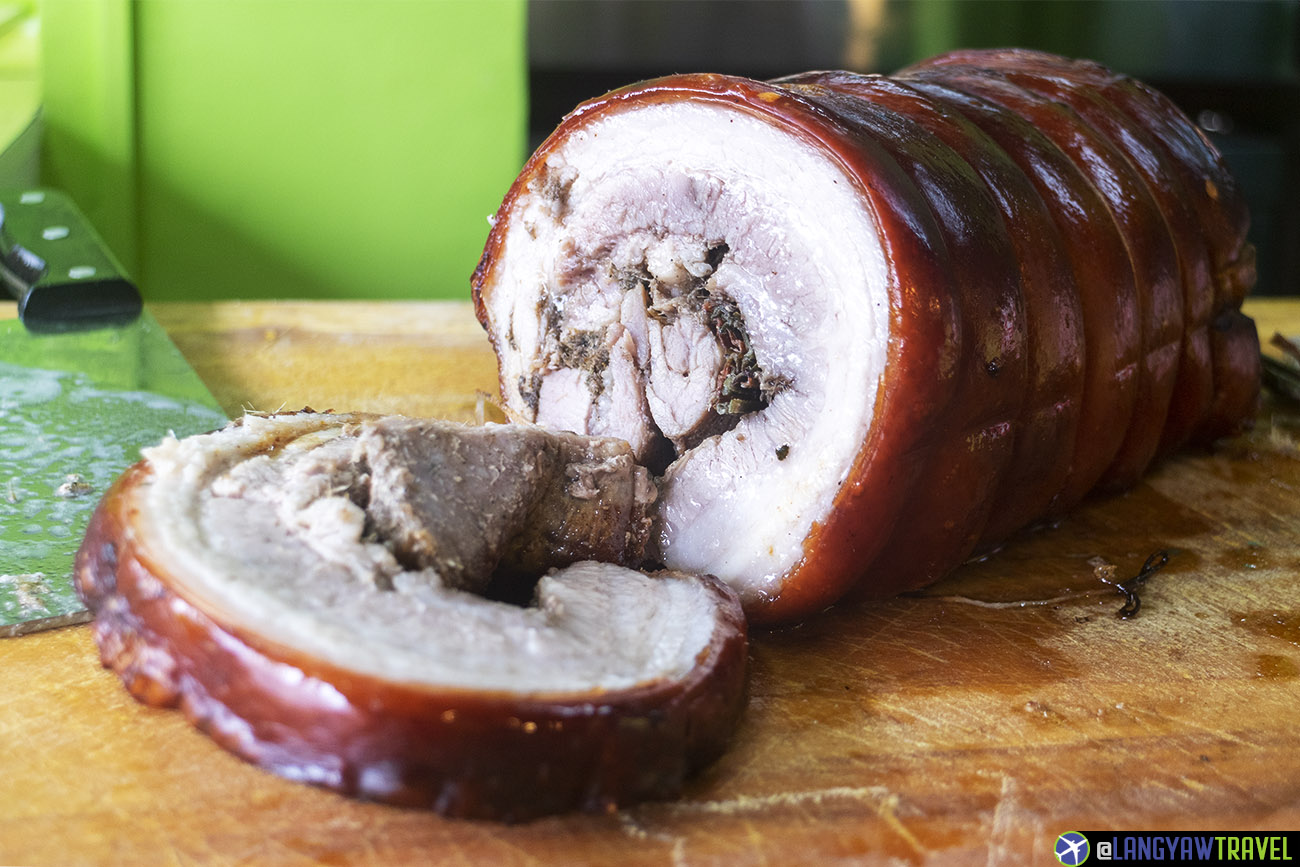The tricycle I rode from the Pasig Public Market stopped at a little open-air eatery along Mercedes Ave, just a stone’s throw away from the San Miguel Elementary School. The space was festive with balloons and loudspeakers blaring out music. A group of people, I think bloggers, and the owner’s friends were huddled together in separate tables. Servings of food were at the counter table while a hot roll of boneless lechon was placed delicately on the chopping board. I was all eyes on the tasty morsel as the attendant started to make a slice. I can feel my mouth water as I was readying to break my 20 hours fast.
Authentic Cebuano flavors in Pasig
Bai’s Boneless Lechon Cebu has been offering this quintessential Cebuano fare since December 1, 2014 in Alabang. The business was started by TVC Director Dexter Ding who grew up in Cebu and transferred to Metro Manila in 2005. He used to fly in whole lechon from Cebu whenever a project wraps up. Probably missing Cebu lechon that is readily available and tired of flying whole roasted pigs, he set out to have his own. Thus, Bai’s Boneless Lechon Cebu was born, offering not only whole roasted pig but also boneless lechon and pungko-pungko, one of Cebu’s veritable street food.
The eatery in Pasig is the sixth branch of which four are franchises including this one. While the five other branches scattered around Metro Manila were for order and delivery only. The Pasig branch is the first retail eatery catering to the area and surrounding cities. It has also extended its offerings to include other Cebuano food like siomai and breakfast silog fare. While other restaurants offer variations of dishes with lechon, Bai’s Boneless Lechon Cebu offers Cebuano flavors that are authentic.
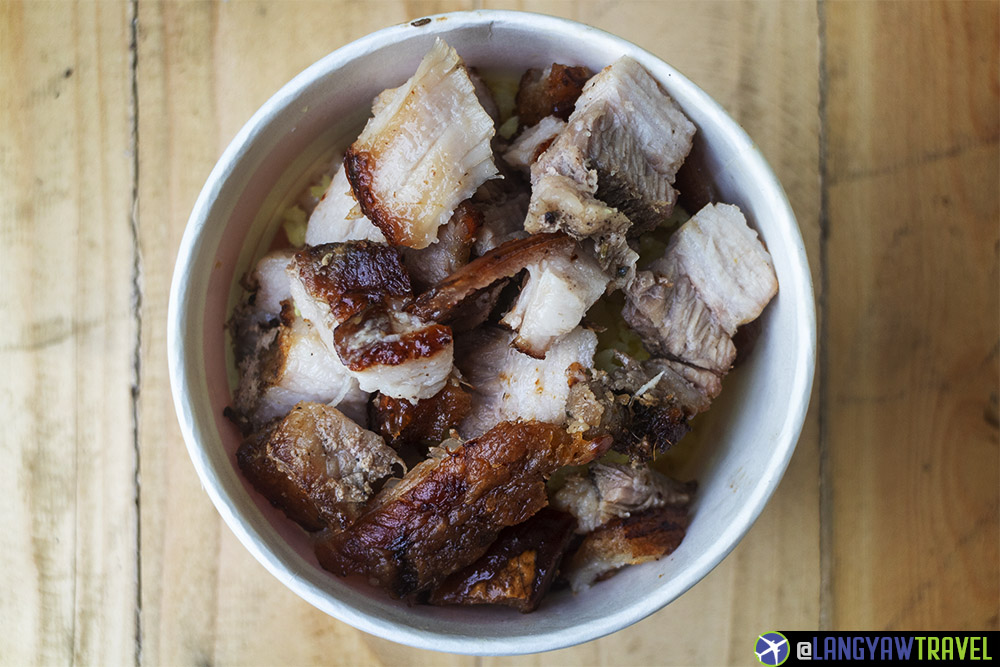
Well balanced flavor of boneless lechon Cebu
We Cebuanos are quite particular with our lechon, especially that I’m from Talisay, home of the best lechon in Cebu. The late Anthony Bourdain acknowledged Cebuano lechon with his now famous quote, “best pig ever.†A good Cebu lechon or boneless lechon, for that matter, need no Mang Tomas sauce to brighten it up. It can stand on its own. Tanglad (lemongrass), salt, onions, star anise are just the main ingredients although some places in Cebu have their own additional spices. These give a well-balanced flavor and pleasing aroma and Bai’s Boneless Lechon Cebu is no exception. The meat is tender and delectable. The skin crisp and crunchy. Just the way I like it.
After a few spoonsful after, I was savoring the taste of home. Reminiscing of lazy Sundays where even simple lunches have a kilo or two of this delicious fare from the stalls in Talisay (plus servings of dugo-dugo and ginabot). It was close to eating at Cebu’s Original Lechon Belly, a ritual that I’ve been doing for years, every time I come home from long stays in Metro Manila or abroad. Side story: After 11 days in Indonesia a year ago, I went straight to said stall in Park Mall after arriving in Mactan Cebu International Airport. Now that I know that there’s a good boneless lechon Cebu close to me in Makati, I know where to go.
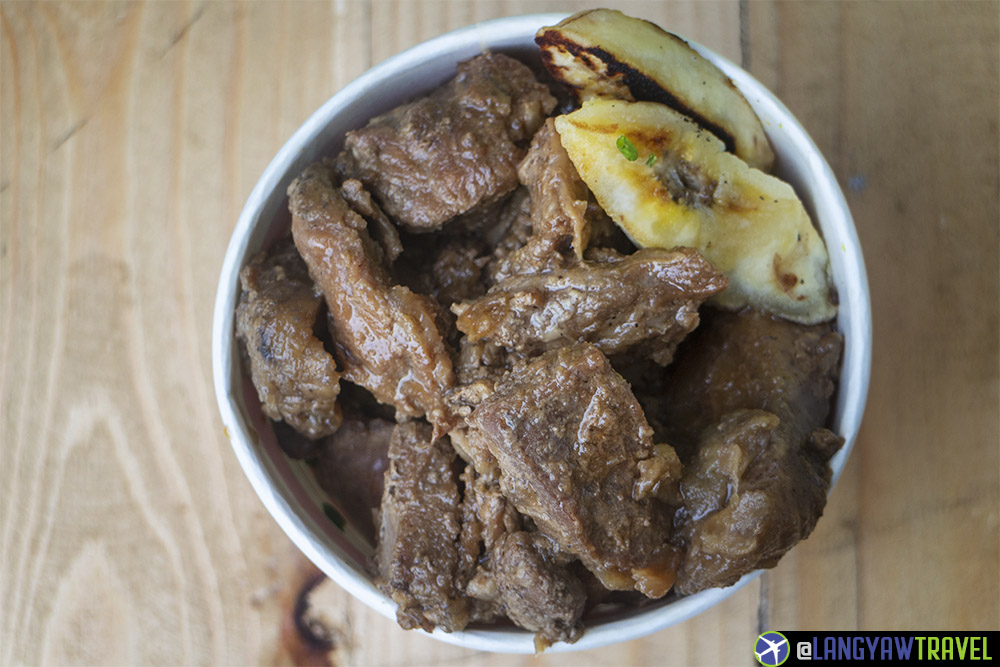
Tender humba and that java rice soaked with its sauce
Humba, braised pork, is one of Cebu’s known local food. And although it can vary depending on the place and the cook, two things stand out: fork tender, melt in your mouth goodness and flavorful. The humba I know that is cooked at home has that but swims in a layer of oil. Two cups of rice is not enough!
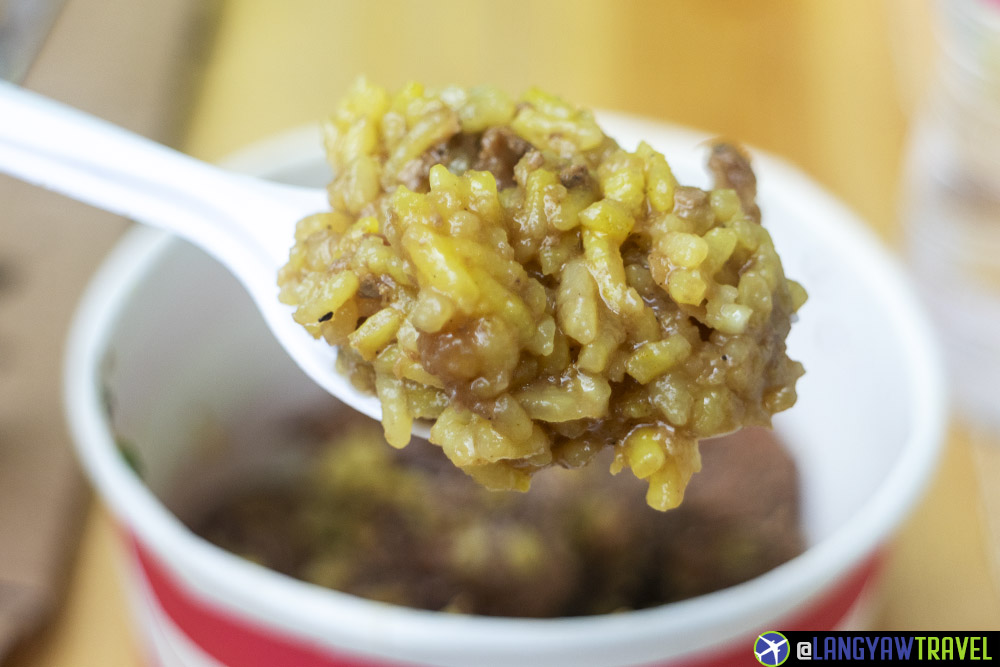
Bai’s on the other hand is not soupy but has a thicker sauce, on the sweet side and with slices of tender saba bananas. I love the flavor and that java rice soaked with its sauce is so good! One reason that you should have this dish!
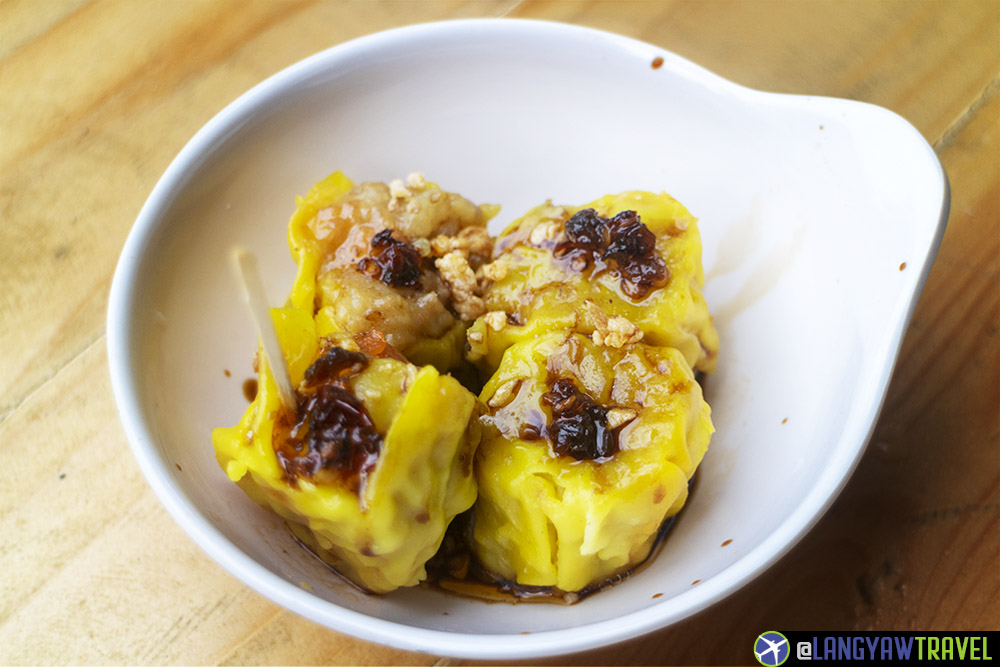
Siomai sa Tisa
Ah, siomai sa Tisa. If you’re in Cebu, this is one of the go to food for many Cebuanos. It’s cheap and delicious that the original stall has not only lots of copycats and claiming to be the original Siomai sa Tisa, but has branched out in many places around the city and province.
When Direct Dexter first mentioned that they also offer siomai sa Tisa, I was a bit surprised. But then, a bite just made me smile. Memories of driving to Labangon, at the roadside open-air diner in Tisa came in. It was like eating at their small and narrow branch too near Fuente Osmeña which I do from time to time, sitting at the long narrow table against the wall and ordering four pieces of siomai smothered with chili oil and soy sauce, four, unfortunately, very small puso and a bottle of Sparkle.

Pungko-pungko what?
I know my Cebuano streetfood very well. Chicken Tagala is the go-to fried chicken place. Chinese’s near USC Main, Doming’s in Guadalupe and Carlos’s in Mabolo for ngohiong. Ginabot sa Pardo for that really good chicharon bulaklak. But ask any Cebuano where to eat good street food with lots of options and the pungko-pungko is readily suggested.
Pungko-pungko is the form of sitting wherein the knees are fully bent, with the thigh and calf touching, the buttocks very near the ankles. Sorry, but it’s quite difficult to describe as few words as possible, LOL. It harks back to the time when eating at the street, one has to do the pungko.
Today, the pungko-pungko is found in several streets around the city with low tables and benches. In some places, these have been located under one roof with several tables topped with a big plastic container filled with the usual fare: ginabot, ngohiong, crab meat, longanisa or sausage, pork chop, fried chicken, lumpia shanghai and lumpia tauge with others having fried dried squid and others. These containers have a bundle of puso, so called hanging rice, by the side. Benches surround the table and this is repeated in two, three or more tables. Each have their own suki, or patrons. These organized pungko-pungkos can be found near Fuente Osmeña, in Apas outside IT Park, in UC Sanciangko and several others.
Bai’s Boneless Lechon Cebu have a Pungko-pungko Set in small, medium and large sizes. These consists of a Chicken Tagala version of fried chicken, sausage, shanghai lumpia, ngohiong and ginabot. How authentic? Almost. The fried chicken is good. Crisp outside and tender inside. Flavorful too. Same with the ngohiong and the shanghai lumpia. The ginabot however, is not like what is found in Cebuano pungko-pungko. While the latter is crisp Bai’s version not coated fully with flour. But its still good, especially if dipped in vinegar.
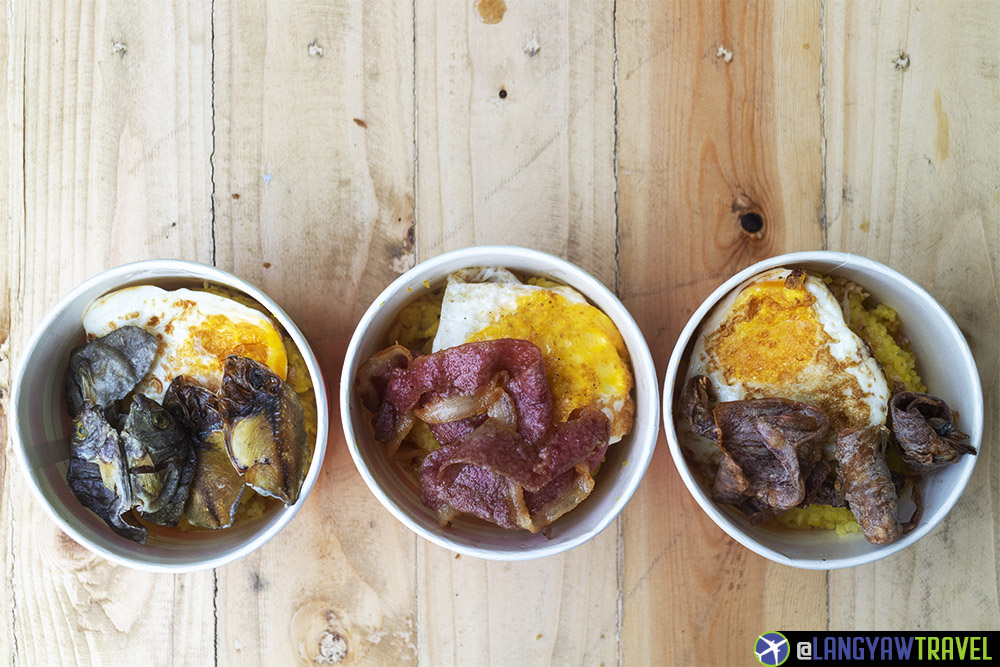
Silog meals
Rounding off the eatery’s offerings are three breakfast silog consisting of danggit, bacon and squid. Except for the bacon the other two are dried version then fried. I haven’t tried these three as I was already full. But any Cebuano knows that, especially the dried danggit and squid, it’s a local breakfast fare. Add a vinegar dip and one’s breakfast is complete.
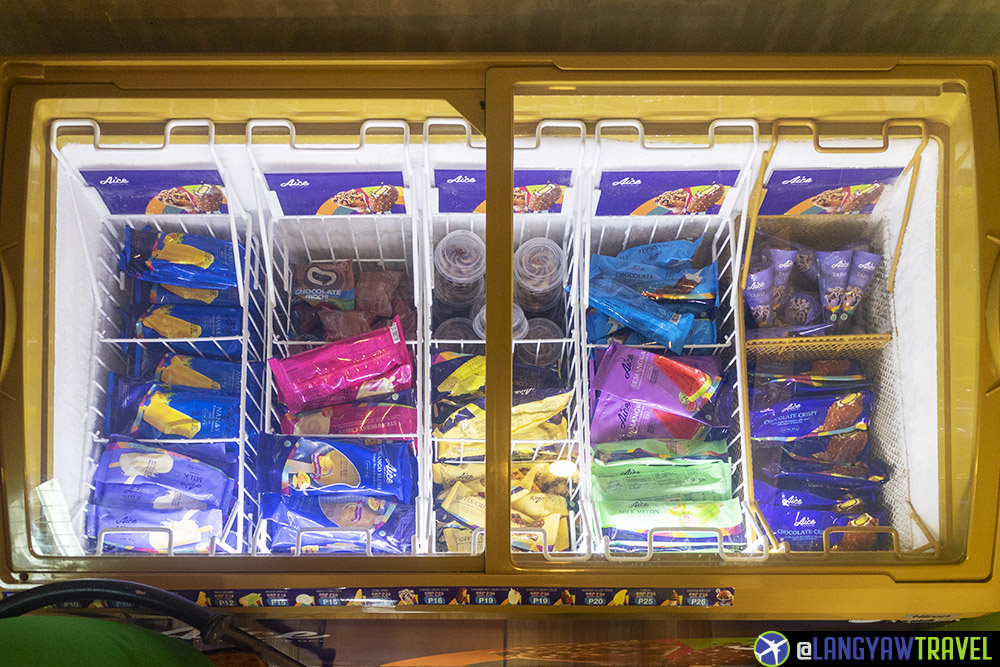
Cheap and delicious dessert
And what about dessert? Although I haven’t seen any in Cebu, but a friend said that they have it in their pantry in their office in Mandaue, there’s Aice ice cream products. What’s so earthshaking about this one? This Indonesian brand have a following. Aice is cheap with lots of good flavors. And each branch of Bai’s Boneless Lechon Cebu has a whole refrigerator filled with these delectable treats! I for one am addicted to it.
Is Bai’s Boneless Lechon Cebu authentic? Should you try it? Of course! They offer affordable, good and familiar Cebuano flavors perfect for diners or for celebrations. The ones I tried were delicious and made me nostalgic and reminisce about eating in Cebu. Now, if only they will finally open in Makati, Direct Dexter did say that they will be opening there, I may not need go to Pasig just to quench a craving for home. For their branches, check and like their Facebook page in the link below. The Pasig branch also accepts orders for whole and boneless lechon for delivery. Contact number below.

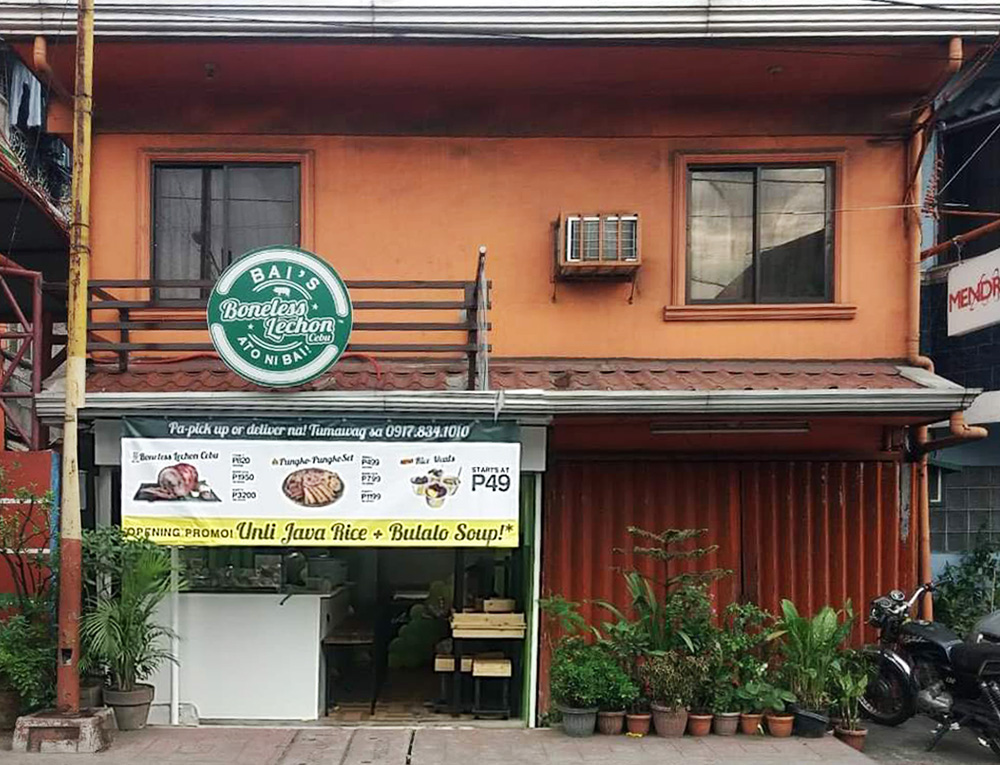
Bai's Boneless Lechon Cebu
22 Mercedes Ave., Pasig City
+63 917 582 5333
Thanx to Director Dexter for the invite.
